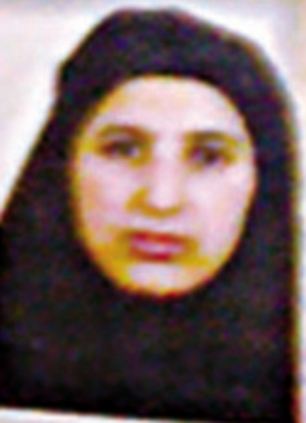Merry Wanderer of the Night:
News
Spain Earthquake | Spain officials put earthquake death toll at 8

4 Planets Converge in Night Sky. Impending disaster?

Prince William and Kate Middleton Honeymoon to the Seychelles?

Amal al-Sadah, the Youngest Wife of Osama bin Laden

Bin Laden home videos expected to be released

Moon Microbe Mystery Finally Solved: NASA's dirty little secret?
